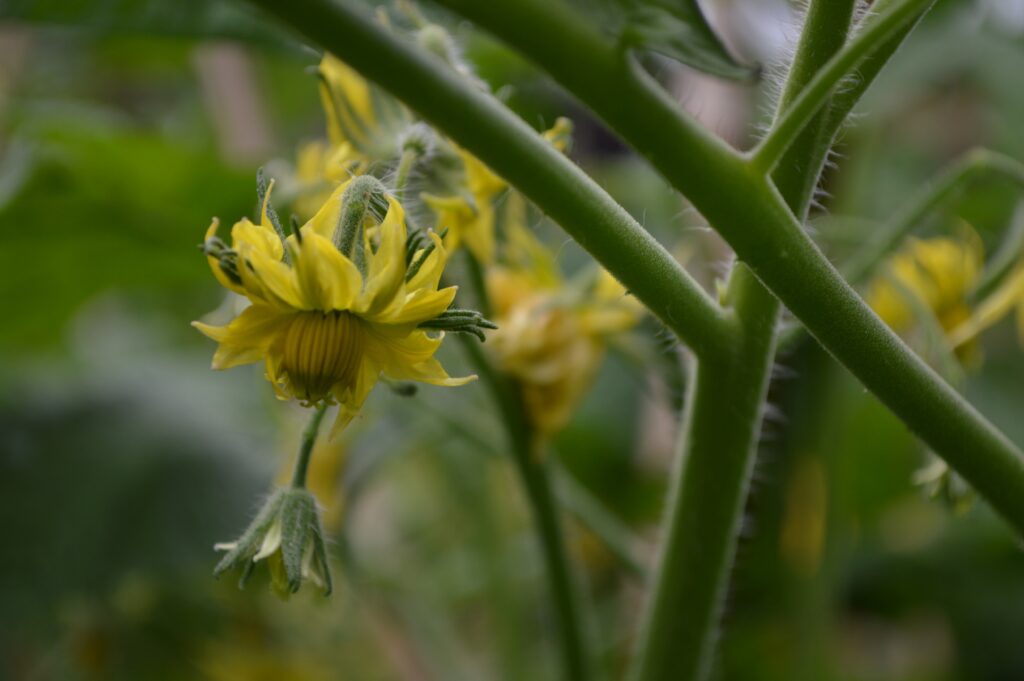Every month, the OSU Extension Service provides relevant guidance on pest management, fertilization, gardening tasks, and other topics. Here are some tips for July gardening from the program.
Not every region in Oregon will necessarily benefit from the recommendations. Get in touch with the Extension office in your area for further details.
Sustainable gardening techniques are promoted by the Oregon State University Extension Service.
Reactive pest control is not as important to us as proactive pest management. Prior to taking action, identify and track issues, then choose the least harmful solution to address them. Give preference to biological control agents (parasites, predators) over chemical ones.
Maintenance and cleanup
-
If you want a green lawn, water frequently during periods of heat and drought stress. Irrigate a quarter inch four to six times per week from June through August. Measure your water use by placing an empty tuna can where your irrigation water lands.
-
Mound soil up around the base of your potato plants. Gather and eat a few new potatoes from each hill when plants begin to flower.
-
To reduce evaporation, water vegetable and flower gardens in the early morning. Water the soil rather than leaves to reduce disease. Water deeply and infrequently to encourage root growth.
-
Pay careful attention to watering and feeding hanging baskets of flowers or vegetable plantings during extended periods of hot weather.
-
Weed and fertilize rhubarb and asparagus beds. A mulch of compost or rotted cow manure works well as fertilizer. Water deeply to develop crowns for next year.
-
Mulch with paper, plastic, sawdust, etc. to conserve soil moisture.
-
Stake tall-growing flowering plants such as delphinium, hollyhocks, and lupine. Stake tomatoes as necessary.
-
Make compost of lawn clippings and garden plants that are ready to be recycled. Do not use clippings if lawn has been treated with herbicide, including weed-and-feed products. Do not compost diseased plants unless you are using the hot compost method (120 degrees to 150 degrees F).
Planting and propagation
-
Beets, bush beans, carrots, cauliflower, broccoli, lettuce, kale and peas planted in midsummer provide fall and winter crops. Get more tips on what to plant now inFall and Winter Vegetable Gardening in the Pacific Northwest
.
-
Dig spring bulbs when tops have died down; divide and store or replant.
-
Oregon Coast: First planting of Chinese cabbage, kohlrabi, and rutabagas.
Pest monitoring and management
Read the pesticide label carefully and only use chemical controls when absolutely required. First, think of cultural restrictions, followed by biological and physical controls. Use the least hazardous solutions sparingly, such as botanical insecticides, horticultural oils, insecticidal soaps, and synthetic and organic pesticides.
-
Control hollyhock rust by sanitation, picking affected leaves, or spraying with a registered fungicide. Read and follow label directions.
-
Watch for cutworm damage in garden. In July, climbing cutworms become a problem and large portions of foliage will begin to disappear on established plants. Use barriers, remove by hand, use beneficial nematodes when soil temperature is above 55 degrees F, or spray with Bt-k according to label directions.
-
Late July: Begin to monitor for early and late blight on tomatoes. Correct by pruning for air circulation, picking off affected leaves, and/or treat with approved fungicide. See this article for more information oncommon tomato problems.
-
Place traps to catch adult apple maggot flies. You can use pheromone traps to monitor presence of pests.
-
July 10: Spray filbert trees for filbertworm, as necessary.
-
July 10-15: Spray peach and prune trees for peach tree borer and peach twig borer, as necessary.
-
July 17-23: Third spray for codling moth in apple and pear trees, as necessary.
-
Cover blueberry bushes with netting to keep birds from eating the entire crop.
-
Monitor camellias, holly and maple trees for scale insects. Treat if necessary.
-
Monitor rhododendrons for adult root weevils. Look for fresh evidence of feeding (notching). Try sticky trap products on plant trunks to trap adult weevils. Manage root weevils with beneficial nematodes (if soil temperature is above 55 degrees F). If root weevils are a consistent problem, consider removing plants and choosing resistant varieties.
-
Spider mites can become a problem on ornamental plants, vegetables and fruit plants during hot, dry weather. Watch for dusty-looking foliage, loss of color and the presence of tiny mites. Wash infested areas with water or spray with appropriate pesticides. For more information visit thePNW Insect Management Handbook Landscape Pests – Spider Mites
.
-
East of the Cascades: If necessary, spray for corn earworm as silking begins. Protect bees from spray.
-
Continue monitoring raspberry, blackberry, blueberry, cherry and other plants that produce soft fruits and berries for spotted wing drosophila. If the flies are present, use an integrated and least-toxic approach to manage the pests. Learn how to monitor for drosophila flies and larval infestations in fruit.
-
Check leafy vegetables for caterpillars. Remove caterpillars as they appear. Use Bt-k, if necessary.
-
Remove cankered limbs from fruit and nut trees for control of diseases such as apple anthracnose and bacterial canker of stone fruit. Sterilize tools before each new cut.
Trade-name goods and services are solely used as examples. The Oregon State University Extension Service does not support these goods and services or aim to discriminate against those that are not listed.
Extension Service at OSU





More Stories
Oregon gardeners: Here’s your July to-do list for a bountiful summer
Oregon gardeners: Here’s your July to-do list for a bountiful summer
Oregon gardeners: Here’s your July to-do list for a bountiful summer